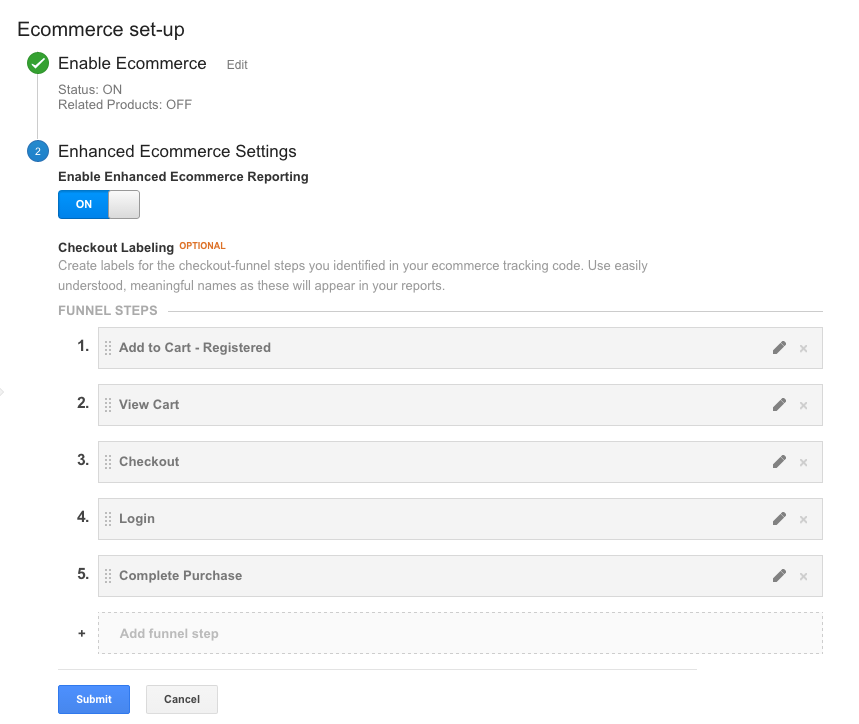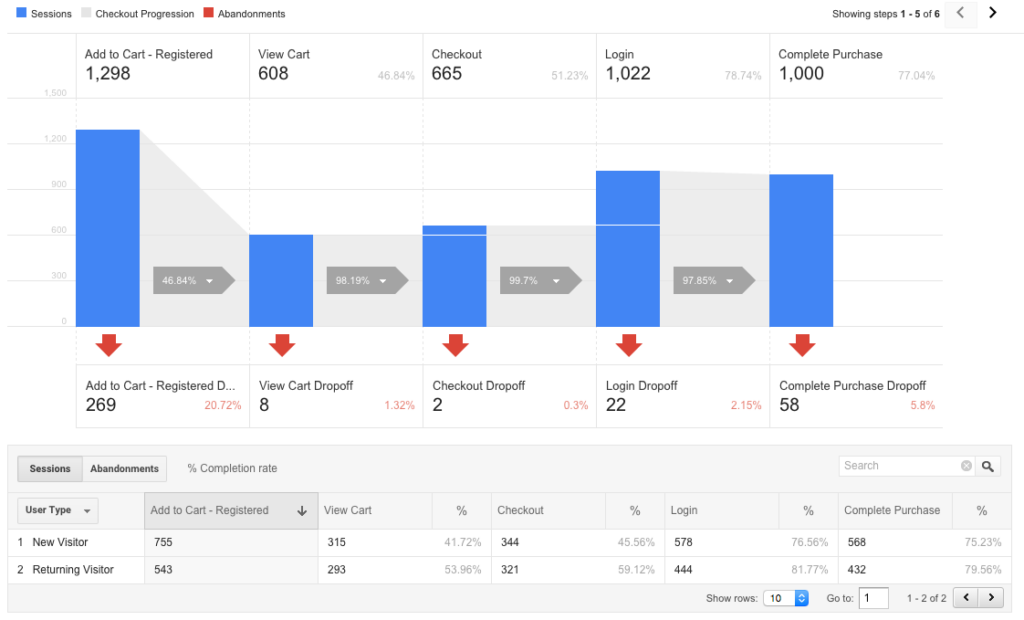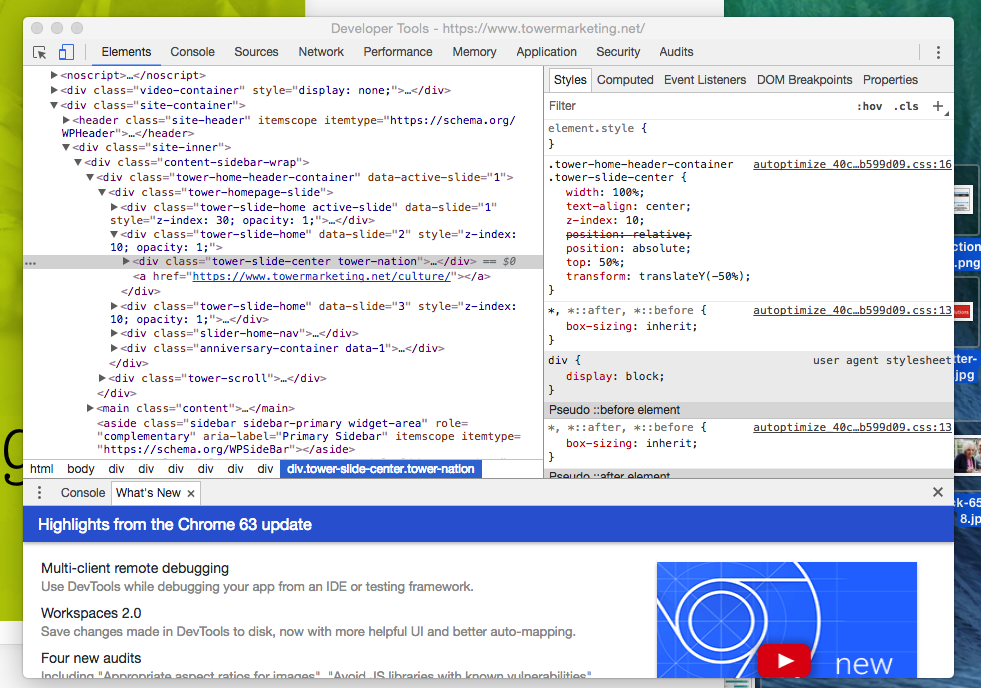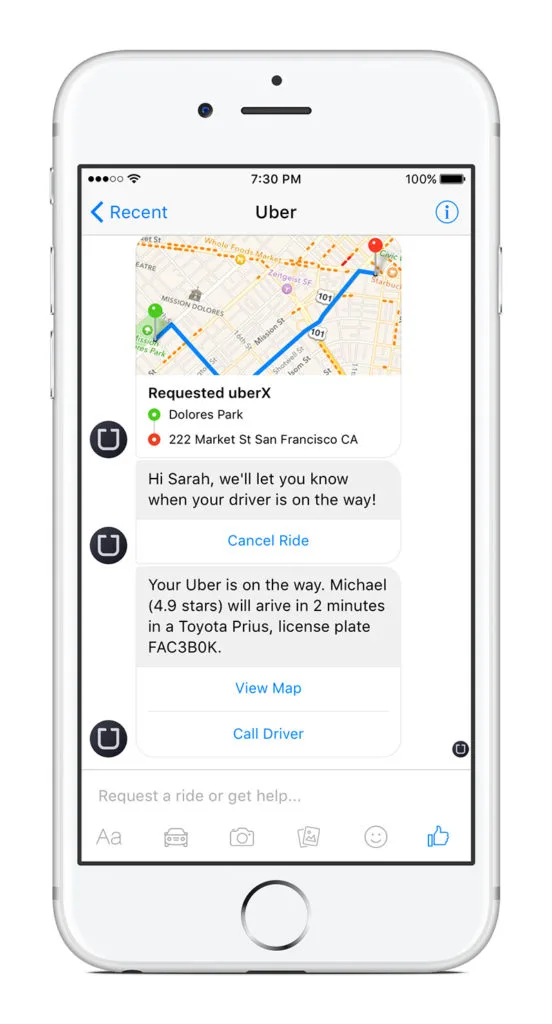Have you heard about Google’s new Core Web Vitals? An addition to the four existing Page Experience signals, Core Web Vitals are crucial to the best possible user experience (loading, interactivity, and visual stability). Google will gradually start rolling out these metrics in mid-June, and they’ll play a full role in ranking determinations by the end of August. In this blog, we’ll take a closer look at each of the Core Web Vitals, how they’ll impact your website, tools for improving them, and more.
What Are Google’s Core Web Vitals?
Core Web Vitals assess user experience (on desktop and mobile) in terms of speed and how quickly visitors can interact with a page. Each Core Web Vital “represents a distinct facet of the user experience, is measurable in the field, and reflects the real-world experience of a critical user-centric outcome.”
Rather than focusing solely on text elements, Core Web Vitals evaluate the quality of overall user experience (UX) within a page. There are three Core Web Vitals:
- Largest Contentful Paint (LCP)
- First Input Delay (FID)
- Cumulative Layout Shift (CLS)
LCP assesses performance and loading, FID responsiveness and interactivity, and CLS visual stability. Core Web Vitals make up the largest portion of your Google Page Experience Score, which also includes the following existing search signals:
- Mobile Friendly
- Safe Browsing
- HTTPS
- No Intrusive Interstitials
We’ll take a closer look at Page Experience Score later in this blog. Let’s start by digging into the details of each Core Web Vital.

Core Web Vital #1 :: Largest Contentful Paint (LCP)
Largest Contentful Paint (LCP) measures how quickly the largest content element on a page loads. This is typically a large, block-level piece of text, image, or video. Rather than assessing load time for the entire page, LCP examines how long it takes a page to load from the user’s point of view, which is the most important page speed metric of all.
A good LCP is less than 2.5 seconds, which means the largest element shows within 2.5 seconds of when the page starts loading. Optimizing your LCP is important because longer load times are proven to have a severe negative effect on bounce rates. To improve your LCP time, consider:
- Removing large page elements
- Upgrading your web host
- Implementing lazy loading
- Removing unnecessary third-party scripts
Core Web Vital #2 :: First Input Delay (FID)
First Input Delay (FID) measures the amount of time from when a user first interacts with a page to their browser’s response to that interaction. User interactions include (but are not limited to) the following:
- Selecting a menu or navigation option
- Clicking a link or button
- Entering text into a field
- Opening an accordion menu on mobile
FID goes beyond your PageSpeed score because it measures the time it takes for a user to complete a specific action. That means it requires field data from real-time users and cannot be generated through lab simulations.
A good FID should be no more than 100 milliseconds to provide great user experience on the web. To improve your FID time, consider:
- Utilizing a browser cache
- Removing non-critical third-party scripts
- Deferring (or minimizing) JavaScript
Core Web Vital #3 :: Cumulative Shift Layout (CSL)
Cumulative Shift Layout (CSL) calculates the total number of layout shifts that occur as an entire page loads. In other words, it determines how quickly a page is visually stable during the loading process. Page stability during loading helps ensure visitors don’t click something by mistake or have to re-learn where links, buttons, and fields are.
A good CSL is anything less than 0.1. Your score can be as low as 0 and increases every time shift layouts occur. In other words, a higher score means elements are jumping around a lot while your page loads. There’s no maximum score, but Core Web Vitals score 0.25 or above as “Poor.” To improve your CSL score, consider:
- Adding additional UI elements below the fold
- Ensuring ad elements have reserved space
- Defining size attribute dimensions for media
How Do Core Web Vitals Fit Into Google’s Ranking Factors?
Core Web Vitals are a crucial new component of a metric set known as Page Experience signals. These assess a page’s overall user web experience by considering the most important non-text elements. In other words, they consider how users perceive their interactions with a page and how useful that page is in satisfying their query. We’ll examine the four existing Page Experience signals below.

1. Mobile Friendly
This assesses how easy websites are to navigate on mobile devices. This includes the accessibility of links and on-page elements, along with content readability. Every part of a page should be just as functional on mobile as it is on desktop, which is the foundation of responsive design.
2. Safe Browsing
Safe Browsing determines whether a website has problems like hacked content, phishing, and malware. It’s focused on ensuring that visitors can safely browse for what they’re looking for.
3. HTTPS
This metric assesses the security of a website and whether it’s being served over HTTPS per Google best practice recommendations.
4. No Intrusive Interstitials
This signal ensures that essential on-page content is not obstructed by intrusive interstitials (pop-up ads), promoting a pleasant browsing experience.
How Are Your Core Web Vitals Scores Calculated?
Core Web Vitals scores are calculated using the 75th percentile over a 28-day window. In other words, it uses three of four site visits (75%) to determine whether a page meets the target for each Core Web Vital. If a page satisfies the recommended scores for all three metrics, it passes the Core Web Vitals assessment.
How Will Core Web Vitals Impact Your Website?
While Core Web Vitals are certainly important, it’s key to understand that Google considers hundreds of unique signals when ranking web pages. However, Core Web Vitals can make a significant difference for pages that are competing for extremely competitive terms. Core Web Vitals will evolve continuously over time as user expectations change, so it’s crucial to stay informed.
How Can You Improve Your Core Web Vitals Scores?
There are many free tools you can use to analyze and improve your Core Web Vitals scores. Bettering these metrics can help you outperform your competitors and rank higher in Google search engine results pages. We recommend the following tools to review your Core Web Vitals scores and uncover opportunities for improvement.
Tool #1 :: Google Search Console Core Web Vitals Report
If you want to improve your Core Web Vitals scores, start with Google Search Console’s Core Web Vitals Report. Located in the “Enhancements” section of your Search Console account, the Core Web Vitals Report provides an overview of how your entire site is performing.

The Core Web Vitals Report uses field data from the Chrome User Experience Report to group indexed URLs by issue. This is because UX problems on similar pages are typically caused by the same underlying problem. Each URL is scored as “Poor,” “Needs Improvement,” or “Good.”
Once you’ve pinpointed a problem, you can remediate it using tools like Google PageSpeed Insights or Google Lighthouse. The following two sections examine these tools in more detail to help you optimize for UX.
Tool #2 :: Google PageSpeed Insights Report
Your Google Search Console Core Web Vitals report links to a corresponding report in Google PageSpeed Insights, which is powered by Lighthouse lab simulations. PageSpeed Insights measures Core Web Vitals using both lab and field data. Focus on the “Opportunities” and “Diagnostics” sections to identify issues on each URL and effectively optimize for site speed.

Tool #3 :: Google Lighthouse
Google Lighthouse is an automated tool that runs audits against a URL and creates a report on that page’s performance. Lighthouse 6.0 includes lab metrics for Largest Contentful Paint (LCP) and Cumulative Layout Shift (CLS), making it an invaluable tool when assessing Core Web Vitals.
Total Blocking Time (TBT)
Lighthouse 6.0’s third new metric is Total Blocking Time (TBT), which correlates directly with First Input Delay (FID). Simply put, TBT calculates the total time between LCP and Time to Interactive (TTI). TTI is the amount of time from when a page starts loading to when it reliably responds to user interaction.
Time to First Byte (TTFB)
The “Opportunities” section of your Lighthouse report also includes Time to First Byte (TTFB). As the name suggests, this is the amount of time it takes a browser to receive the first byte of page content.
Time to Interactive (TTI)
Included in the “Performance” section of your Lighthouse report, Time to Interactive (TTI) measures how long it takes a page to become fully interactive. TTI works alongside TBT to pinpoint and diagnose interactivity issues that can negatively impact your FID. Because it’s not field-measurable or user-centric, TTI isn’t included in Core Web Vitals.
Tool #4 :: Google Search Console Page Experience Report
The Page Experience Report combines your Core Web Vitals report with the other four Page Experience signals: Mobile Friendly, Safe Browsing, HTTPS, and No Intrusive Interstitials. Taking a deep dive into each component of the Page Experience signal can help you uncover new opportunities for improvement, which can be particularly helpful in tie-breaker situations.
Tool #5 :: Google Chrome User Experience (CrUX) Report
The Chrome User Experience Report is an anonymous public report of user experience data from millions of web pages. It measures field data (as opposed to lab data) on all three Core Web Vitals and doesn’t factor in simulations or Googlebot visits. Seeing how your pages perform in the field is a great way to pinpoint valuable improvement opportunities.
Tool #6 :: Google Chrome DevTools
Google Chrome DevTools are built into the Google Chrome browser and are designed to help you diagnose and remediate issues that can lead to a high CSL. They also measure TBT, which is beneficial when looking to improve your FID.
Tool #7 :: Google Chrome Web Vitals Extension
Available in the Chrome Web Score, the Web Vitals Extension measures all three Core Web Vitals in real-time. This instant data on loading, interactivity, and layout shifts helps you identify opportunities that can make a big difference.
Tool #8 :: Semrush Site Audit Tool
The Site Audit Tool in your Semrush account reports on a variety of data that correlates with Core Web Vitals. This includes loading speed metrics, HTTPS security protocols, JavaScript and CSS errors, crawlability, and more.
Partner with Tower Marketing to Improve Your Core Web Vitals Scores
The best (and easiest) way to identify and remediate Core Web Vitals issues is by working with an agency like Tower Marketing. Our experienced team of web developers and SEOs have the tools to bring your site up to Core Web Vitals recommendations, and we’ll fix any problems as they arise.
Want to check Core Web Vitals for your site and see how you stack up against these new Page Experience metrics?




